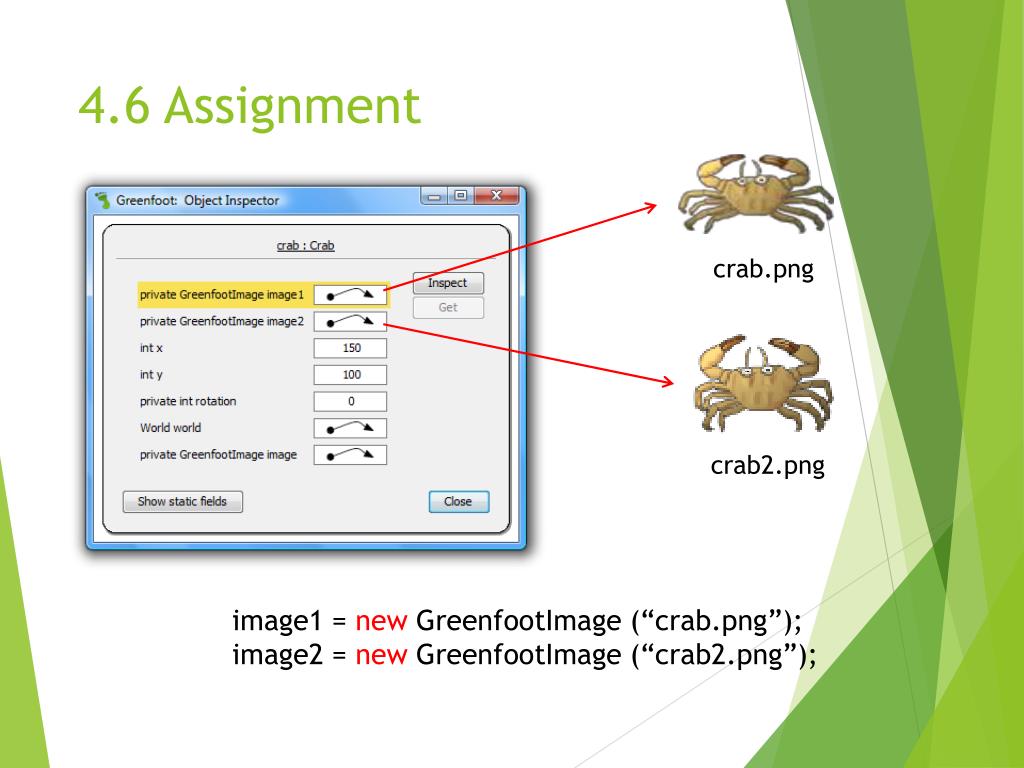
These goals translate into several direct requirements for the Raspberry Pi’s software: One means to achieve this was the goal to “provide excellent multimedia, a feature we felt would make the board desirable to kids who wouldn’t initially be interested in a purely programming-oriented device”. Instead of just appealing to the “geeky” kids who might already have an interest in programing, the goal was to bring this computer to a wide spectrum of the population. Programming environments on the Pi were crucial.Īt the same time as taking inspiration from early personal computers’ successes, such as the BBC Micro’s lasting impact on early programming in the UK, the Raspberry Pi team set their sights higher. Thus, the original purpose of the Raspberry Pi was not as a special purpose device employed to gather sensor data, or as the control element in electronics projects it was to serve as a replacement for a general purpose personal computer to tinker with and program on. “We want owning a truly personal computer to be normal for children.” The goal was summarised in the following statement: To get kids back into the position where they could play and learn with programming, they needed a computer that they were in control of, that they could experiment with and break if necessary, and-most importantly-that provided a “platform that, like those old home computers, could boot into a programming environment”.

Part of the problem was that the typical home computer, in contrast to earlier generations such as the BBC Micro, Commodore 64 or Spectrum ZX, was not a toy to program and experiment with anymore, but was used by the family for a range of important purposes, and that “programming experimentation on them had to be forbidden by parents” for fear of breaking the family machine. The main goal was to turn kids back into programmers again.

From a situation in the 1990s where most of the kids applying were coming to interview as experienced hobbyist programmers, the landscape in the 2000s was very different a typical applicant might only have done a little web design.” “The idea behind a tiny and affordable computer for kids came in 2006, when Eben Upton, Rob Mullins, Jack Lang and Alan Mycroft, based at the University of Cambridge’s Computer Laboratory, became concerned about the year-on-year decline in the numbers and skills levels of the A Level students applying to read Computer Science. The opening statement of the “About Us” page on the Raspberry Pi website, titled “The Making of the Pi” starts: In this article, we come back to the original goal that led to the development of this low cost computer: Getting an easily programmable machine into the hands of kids to get them to learn to program and get them engaged with computer science.

These projects-impressive as many of them are-were not, however, the original main purpose of the creation of the Raspberry Pi.

Despite being a general purpose computer, its low cost has also made it feasible to be used as a component in single-purpose devices. The Raspberry Pi computer has been immensely successful for countless electronics projects: Its low cost and accessibility have made it a favourite for do-it-yourself tinkering experiments and special purpose projects, from home control to data gathering on balloons to being shot into the upper atmosphere, and everything in-between.


 0 kommentar(er)
0 kommentar(er)
